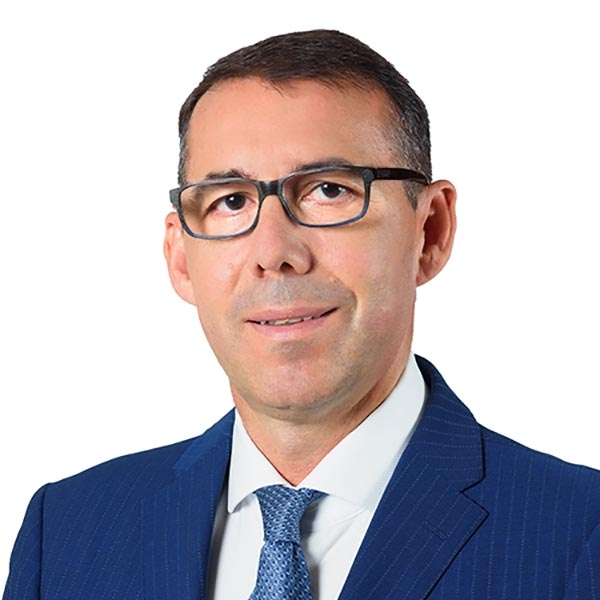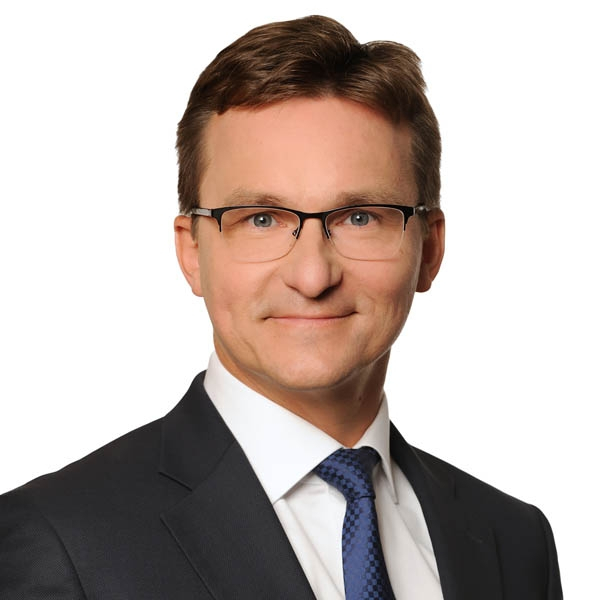As economic concerns gradually began to ease, global equity markets also staged a strong recovery in Q4 2023, indicating a degree of market optimism for the year ahead. The potential resolution of some recent challenges may also help to lift M&A activity in 2024 as companies seek to implement growth, earnings, and valuation strategies.
Maintaining liquidity by holding on to cash, many businesses inevitably remain cautious in committing to M&A deals. But they have adapted, learning how to navigate through the turbulence of the new normal. As they continue to re-evaluate their forecasts and dealmakers reassess potential targets, that adaptability should form the cornerstone of success in future M&A transactions.
Overcoming adversity and significant uncertainty, levels of M&A activity in 2023 demonstrate just how resilient CEE markets have proven to be. Transaction volumes ended the year slightly down at 1,187 deals against 1,229 in 2022, but above the levels of 2019–2021.
Values fell by 1,4% to EUR 32.48bn, down from a post-pandemic peak of EUR 41.3bn in 2021, but higher than in both 2019 and 2020. There was also a notable uptick in bigger deals, with seven of the top ten transactions valued at more than EUR 1bn, compared to only three deals reaching that threshold in the previous year.
Core long-term drivers underpin M&A growth
In the near term, the most critical factors determining activity levels are inflation and interest rates. The sudden resurgence of more expensive debt has created an expectation gap between sellers and buyers in relation to M&A valuations, creating a drag on activity levels. But as inflation continues to ease gradually, interest rates will inevitably follow, narrowing that gap and leaving more room for the core long-term drivers, such as digitalisation, renewable energy, green technology, and new consumer trends, to underpin future growth in M&A activity across the CEE region.
Countries
In its Regional Economic Outlook published in November 2023, the International Monetary Fund noted that European emerging market economies were expected to grow by 2.4% in 2023 and 2.2% in 2024, compared with 1.3% and 1.5%, respectively, in Europe’s advanced economies. In Germany, for example, the forecast for 2024 is 0.9% (up from -0.5% in 2023).
The report concludes: “The near-term outlook in CESEE countries is mixed, with some exiting technical recessions (for example, Estonia and Lithuania) and some with upward revisions in 2023 as a result of trade improvements (Albania, Croatia, Slovenia).” Overall, the IMF forecasts a wide range of outcomes for 2024 compared to 2023 from 2.3% growth in Poland (up from 0.6%) to 3.1% in Hungary (up from -0.6%) and 3.8% in Romania (up from 2.2%).
A gradual economic recovery continues in Ukraine, with the IMF projecting economic growth of 2% in 2023 and 3% in 2024 after a dramatic 29% fall in 2022. Although businesses are still feeling the burden of the conflict, deal numbers moved up from 84 in 2022 to 89 last year, almost matching the levels reached in 2017 and 2020. Values picked up strongly by 66% to EUR 950m from EUR 570m in 2022, the fourth highest figure in the last decade as two deals managed to break the EUR 100m barrier.














Social Media cookies collect information about you sharing information from our website via social media tools, or analytics to understand your browsing between social media tools or our Social Media campaigns and our own websites. We do this to optimise the mix of channels to provide you with our content. Details concerning the tools in use are in our privacy policy.